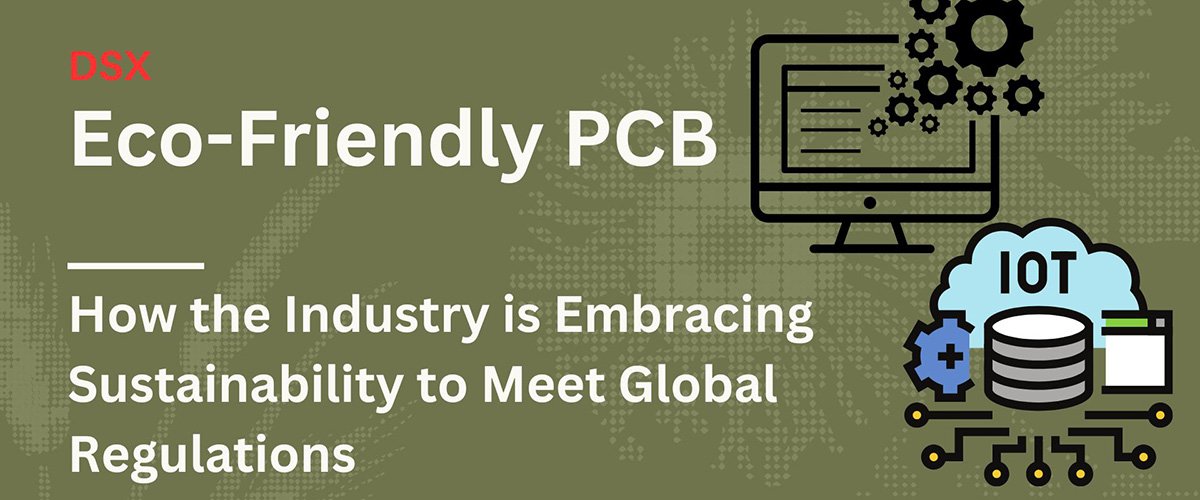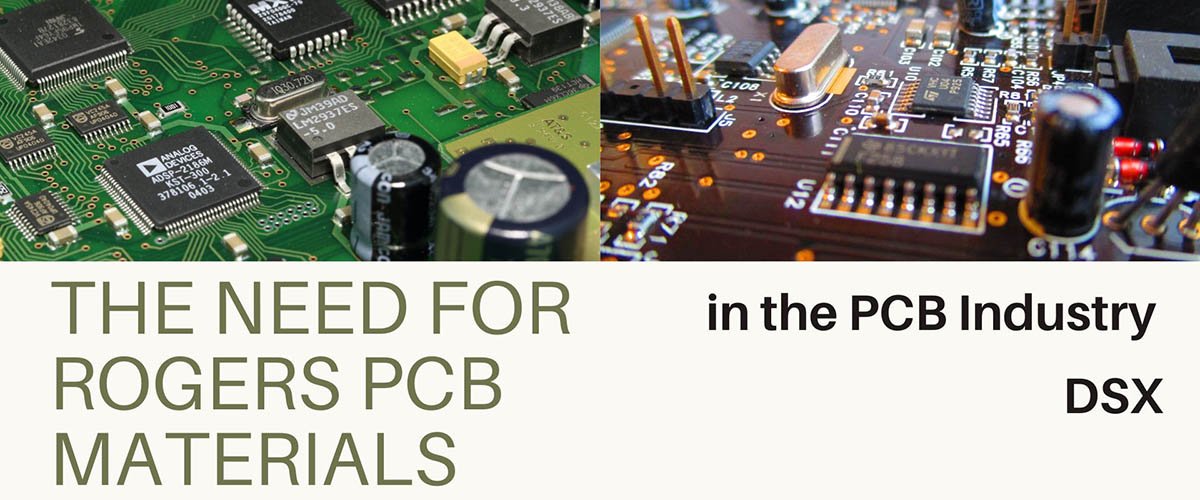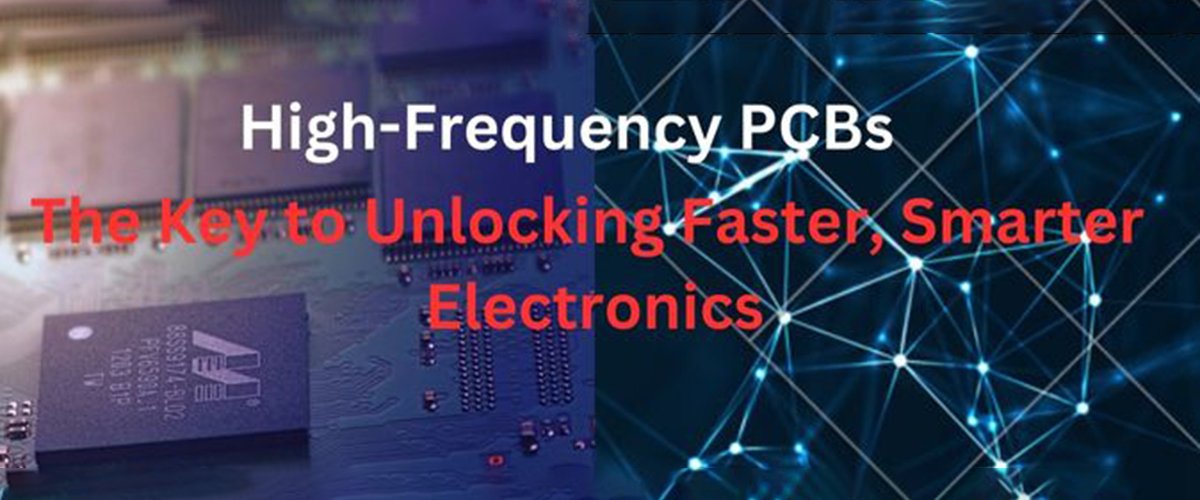Eco-Friendly PCBs: How the Industry is Embracing Sustainability to Meet Global Regulations

The electronics manufacturing sector is undergoing a transformative shift as environmental concerns and stringent gobal regulations push companies to adopt sustainable practices. Among the most critical components driving this change are Printed Circuit Boards (PCBs), the backbone of modern electronics. With increasing pressure to reduce carbon footprints, eliminate hazardous materials, and promote circular economies, the PCB industry is innovating rapidly to align with eco-friendly standards. This article explores how PCB manufacturers are embracing sustainability, the technologies enabling this transition, and the regulatory landscape shaping the future of green electronics.
The Regulatory Imperative: Driving Sustainable PCB Manufacturing
Governments and international bodies are tightening regulations to curb electronic waste (e-waste) and reduce toxic substances in electronics. Key frameworks include:
1. RoHS (Restriction of Hazardous Substances Directive): Bans lead, mercury, cadmium, and other toxins in electronics.
2. REACH (Registration, Evaluation, Authorization, and Restriction of Chemicals): Requires transparency in chemical usage across supply chains.
3. WEEE (Waste Electrical and Electronic Equipment Directive): Mandates recycling and responsible disposal of e-waste in the EU.
4. IPC-1401: A new standard for sustainable PCB production, focusing on energy efficiency and material sourcing.
Non-compliance risks fines, reputational damage, and loss of market access. For instance, the EU’s Circular Economy Action Plan aims to make all electronics repairable and recyclable by 2030, directly impacting PCB design.
Sustainable Materials: The Foundation of Green PCBs
To meet regulations, manufacturers are replacing traditional materials with eco-friendly alternatives:
- Lead-Free Solders: Tin-silver-copper alloys now replace toxic lead-based solders, reducing environmental and health risks.
- Halogen-Free Substrates: Flame-retardant materials like phosphorus-based resins are replacing brominated compounds.
- Bio-Based Polymers: Companies like Mitsubishi and Panasonic are testing biodegradable substrates from plant starch and lignin.
- Recycled Metals: Reclaiming copper and gold from e-waste slashes mining demand. Apple’s 2023 Environmental Report revealed 20% recycled content in PCB metals.
According to a 2023 report by Grand View Research, the global green electronics market will grow at a CAGR of 8.2% through 2030, driven by material innovations.
Energy-Efficient Manufacturing Processes
PCB production is energy-intensive, but new technologies are cutting emissions:
- Additive Manufacturing: Inkjet printing reduces material waste by 30–40% compared to traditional etching.
- Renewable Energy Adoption: Factories are investing in solar and wind power. *TTM Technologies* cut its carbon footprint by 25% after switching to renewables.
- AI-Driven Optimization: Machine learning algorithms optimize material usage and energy consumption in real time.
Recycling and Circular Economy Initiatives
Less than 20% of e-waste is recycled globally (UN Global E-Waste Monitor 2023), but PCB manufacturers are tackling this gap:
- Design for Disassembly (DfD): Modular PCBs with snap-fit components simplify recycling.
- Urban Mining: Startups like BlueOak Resources recover precious metals from discarded PCBs.
- Take-Back Programs: Companies like Samsung and Dell offer PCB recycling to consumers.
Collaborations and Certifications
Industry partnerships are accelerating progress:
- The IPC’s Sustainability for Electronics Initiative unites 150+ companies to share best practices.
- UL Ecologo and EPEAT certifications validate eco-friendly PCBs for B2B buyers.
Challenges and Future Outlook
While progress is significant, barriers remain:
- Costs: Bio-materials and renewable energy require upfront investments.
- Performance Trade-offs: Some green materials have lower thermal stability.
However, breakthroughs like graphene-based circuits and self-healing PCBs promise to resolve these issues. A 2024 study by *IDTechEx* predicts 70% of PCBs will use sustainable materials by 2035.
Case Study: Apple’s 100% Recycled PCB Ambition
Apple’s latest MacBook line features PCBs with 100% recycled tin and gold, cutting mining reliance. Partnering with Foxconn, they’ve developed a closed-loop system to reclaim metals from old devices. This initiative aligns with their 2030 carbon-neutral pledge and sets a benchmark for competitors.
Conclusion: The Path Forward
The PCB industry’s shift to sustainability is no longer optional—it’s a strategic necessity. By adopting green materials, renewable energy, and circular practices, manufacturers can comply with regulations, attract eco-conscious clients, and future-proof their businesses.
For companies seeking to stay ahead, investing in R&D and certifications like ISO 14001 will be critical. As global demand for green electronics surges, eco-friendly PCBs will become the cornerstone of a cleaner, more responsible tech ecosystem.
 The Need for Rogers PCB Materi
The Need for Rogers PCB Materi
 Eco-Friendly PCBs: How the Ind
Eco-Friendly PCBs: How the Ind
 How PCB Manufacturers are Inno
How PCB Manufacturers are Inno
 High-Frequency PCBs: The Key t
High-Frequency PCBs: The Key t
